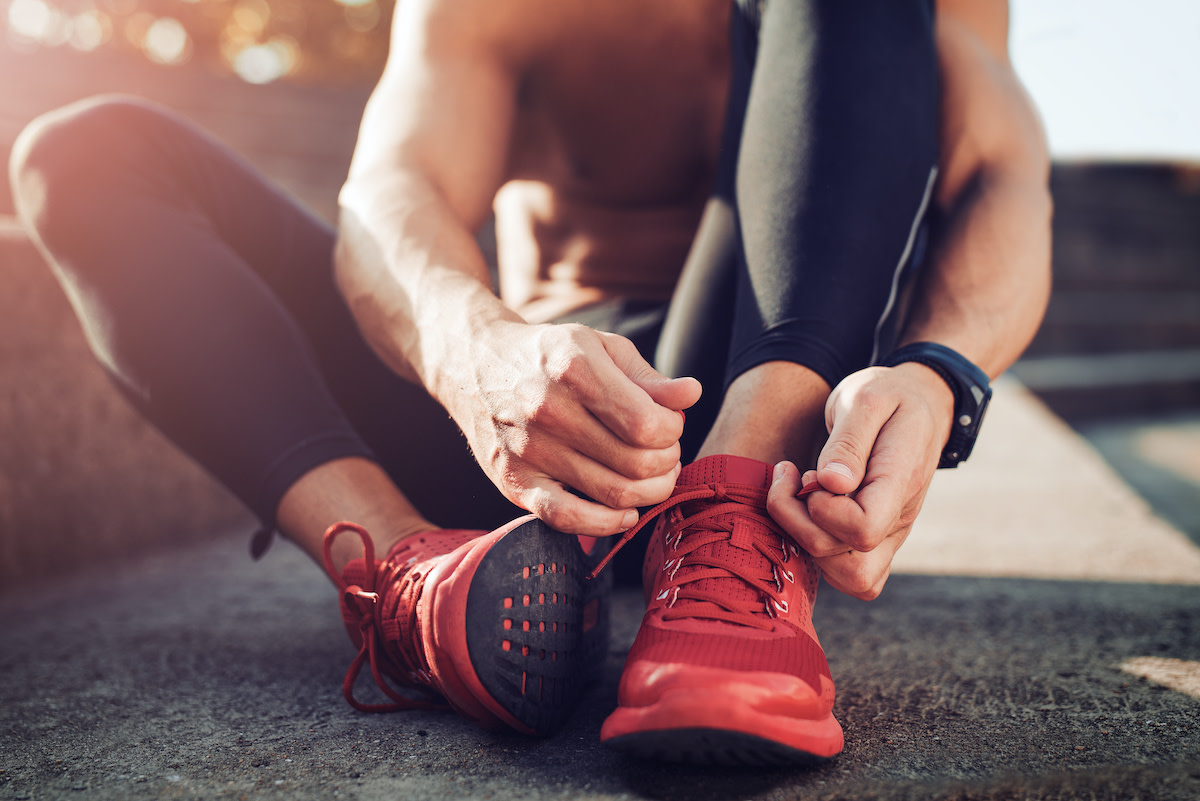Skater Jump Exercise Guide: How to Do Skater Jumps Properly
Written by MasterClass
Last updated: Jun 24, 2021 • 3 min read
If you’re looking for a difficult jump variation to include in your home workout routine, try skater jumps.
Learn From the Best
What Are Skater Jumps?
Skater jumps, also known as single-leg skater jumps, are a plyometric exercise. Perform the skater jump exercise by standing with your feet hip-width apart. Make a lateral jump movement by extending your right foot and jumping to the side. Swing your right arm in front of your body and your left arm behind with a speed skater movement. Land softly on your right foot and repeat this movement with the opposite leg, jumping side-to-side for the desired number of repetitions.
How to Do Skater Jumps With Perfect Form
For skater jumps, begin by performing 2–3 sets of 8–12 repetitions on each side. Choose your sets and repetitions based on your ability to maintain good technique throughout each set.
- 1. Stand with your feet shoulder-width apart and a slight bend in your knees. Your shoulders should be directly over your hips with a neutral head and neck position. Your chin should remain tucked throughout the movement, as if you were holding an egg under your chin.
- 2. Evenly distribute your weight and grip the floor with your feet to create a stable position. Pre-tension your shoulders and hips with a good inhale and exhale, and engage your core.
- 3. Shift your weight onto your right leg and slightly bend your right hip and knee. Your chest should be slightly over your hips. Your left foot should be slightly off the ground.
- 4. Allow your left arm to cross your body and your right arm to travel behind your right hip. Rotate your upper body toward your right leg. You should feel your bodyweight loaded in your right hip. All repetitions should begin from this starting position.
- 5. Push off your right leg while simultaneously swinging your right arm across your body and punching your left arm behind your body as if you were running. Both of your arms should be bent close to 90-degrees at the elbow. Keep your arms close to your body as you make a lateral jump.
- 6. Land on your left leg in a quarter squat position. Stabilize your landing while keeping your core engaged. Your landing should be controlled.
- 7. Push off your left leg while simultaneously swinging your left arm across your body and punching your right arm behind your body as if you were running.
- 8. Land on your left leg in a quarter squat position. Stabilize your landing while keeping your core engaged. Your landing should be controlled.
- 9. Continue to jump back and forth, alternating lead legs, for the desired number of repetitions.
3 Benefits of Doing Skater Jumps
Including skater jumps in your workout routine can have several benefits.
- 1. Skater jumps can increase your balance and coordination. By activating your stabilizer muscles throughout the movement, skater jumps can improve balance and coordination on both sides of your body.
- 2. Skater jumps are an effective cardio exercise. If you practice skater jumps as part of a HIIT workout, you can elevate your heart rate.
- 3. Skater jumps can build muscle throughout your lower body. With proper form, skater jumps activate your quadriceps, glutes, hamstrings, and calves.
3 Skater Jump Variations
Once you’ve mastered standard skater jumps, try one of these challenging variations.
- 1. Weighted skater jumps: Perform this variation by holding a pair of dumbbells during your skater jump exercises.
- 2. Skater jumps with lateral lunges: Practice this advanced variation by including a lateral lunge movement between each repetition.
- 3. Toe touch skater jumps: If you have strong flexibility, reach with your front hand down to touch your standing foot on each rep.
How to Work Out Safely and Avoid Injury
If you have a previous or pre-existing health condition, consult your physician before beginning an exercise program. Proper exercise technique is essential to ensure the safety and effectiveness of an exercise program, but you may need to modify each exercise to attain optimal results based on your individual needs. Always select a weight that allows you to have full control of your body throughout the movement. When performing any exercise, pay close attention to your body, and stop immediately if you note pain or discomfort.
To see continual progress and build body strength, incorporate proper warm-ups, rest, and nutrition into your exercise program. Your results will ultimately be based on your ability to adequately recover from your workouts. Rest for 24 to 48 hours before training the same muscle groups to allow sufficient recovery.
Want to Dive Deeper Into Your Wellness Journey?
Throw on some athleisure, fire up a MasterClass Annual Membership, and get ready to sweat it out with exclusive instructional videos from Nike Master Trainer and GQ fitness specialist Joe Holder. Want to improve your cardiovascular endurance? Give Joe’s HIIT workout a go. Trying to get a little swole? He’s got a strength training workout for that. From fitness tips to nutrition hacks, Joe will have you feeling healthier in no time.
